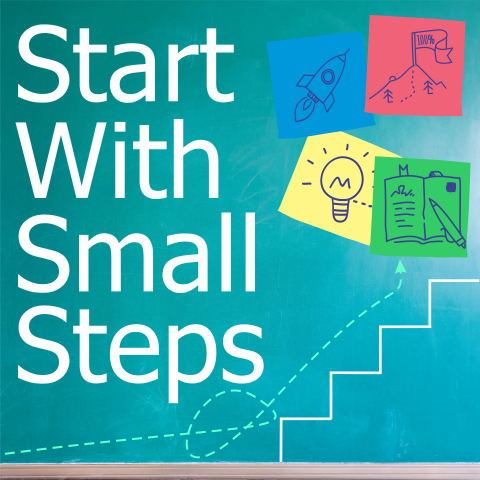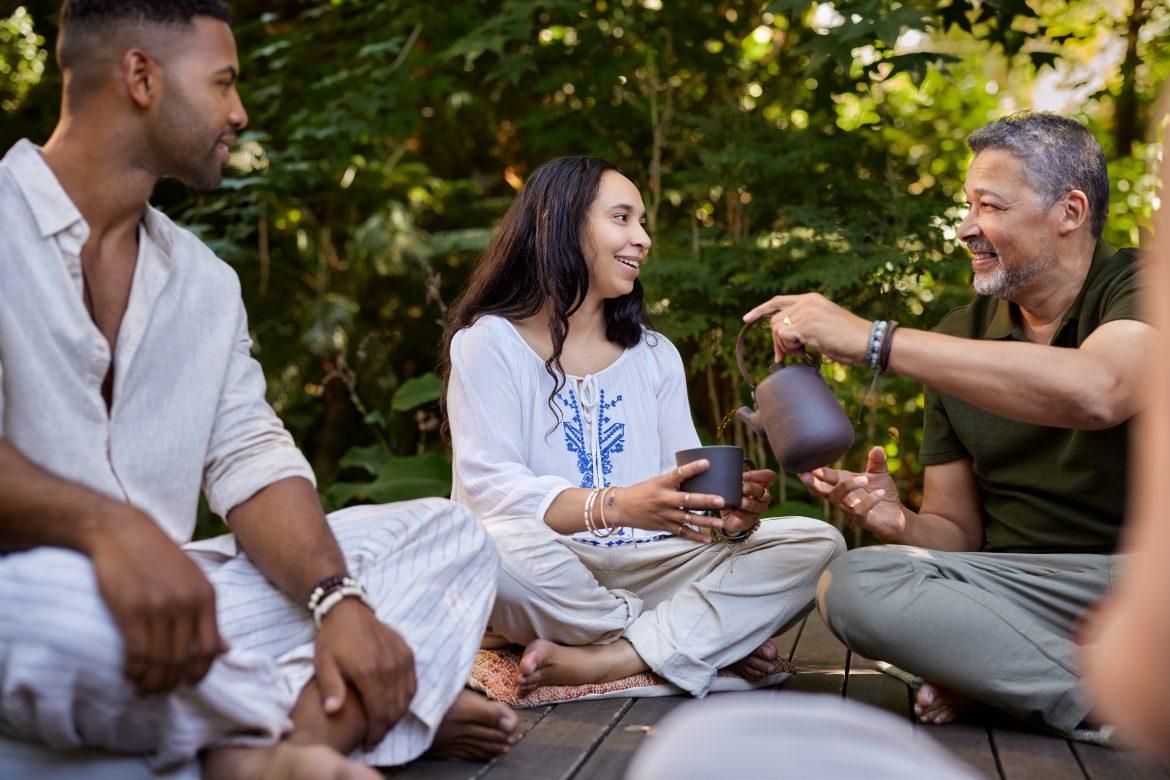We live in a time where voices surround us constantly—podcasts, social media, YouTube, notifications, texts, and more. It seems like everyone is talking, but how many of us are truly listening? The modern world prizes productivity, rapid responses, and self-expression, but in the process, we may be losing one of the most essential human skills: listening.
Listening—not just hearing—is the foundation of connection. Yet, it’s become a quiet casualty of our digital lives. Let’s explore how this happened, what it means for our relationships and well-being, and how we can start reclaiming our attention, one small step at a time.
The Noise that Drowns Out Meaning
With the explosion of content, our brains are in constant input mode. The average person now consumes more words in a single day than Shakespeare wrote in his entire career. From endless podcast episodes to TikTok videos, we are flooded with information, often at the expense of meaningful connection.
This content overload leads to a coping mechanism: filtering. We skim, we swipe, we skip. It’s necessary for surviving the digital age—but damaging when it spills into our relationships. Even when we sit across from someone we love, we may be half-present, glancing at a phone or thinking about what to say next rather than truly hearing them.
Why Listening Is So Hard Now
Listening is invisible. In meetings and social gatherings, the people who speak up are noticed and rewarded. Meanwhile, those who take time to reflect or absorb are often overlooked. The world praises the extrovert with a plan, not the quiet listener with deep understanding.
Even when we try to listen, distractions are everywhere. Our phones buzz, our watches ping, our minds wander. We’ve become so used to divided attention that being fully present feels unnatural. And in moments of emotional vulnerability, many of us panic—either by going silent or launching into an overactive response mode.
Active Listening: The Skill That Changes Everything
What we need is not just to hear more, but to listen better. This is where active listening comes in—a practice that emphasizes presence, reflection, and engagement. It’s not a talent; it’s a habit that anyone can build.
Here are a few practical habits of active listening:
- Pause before replying. Give space to breathe, absorb, and respond thoughtfully.
- Reflect back. Summarize what you heard to show understanding. “It sounds like you’re feeling…” is a powerful start.
- Ask curious, not judgmental, questions. Instead of jumping in with advice, ask open-ended questions that invite deeper sharing.
- Use body language. Eye contact, a slight lean forward, and putting away your phone go a long way in showing presence.
- Affirm, don’t hijack. Say things like “That sounds hard,” instead of “I had something just like that happen…”
Listening in the Real World
Consider this example: a child tells their parent, “I got a gold star on my science project.” But the parent, face buried in a phone, mutters, “That’s great.” The child knows the difference between being acknowledged and being heard. Even pets know it—one story tells of a cat who placed its paw on a phone, recognizing that attention was elsewhere.
If cats and kids can feel it, so can everyone else in our lives. When we’re only half-present, we chip away at trust, empathy, and intimacy. The smallest acts of full presence—turning off your phone, making eye contact, repeating what someone said—build those bonds back up.
The Cultural Fear of Silence
Silence makes many people uncomfortable. In conversations, we rush to fill gaps, often because we’re afraid of not knowing what to say. But silence, when embraced, can allow emotions to surface, give weight to important topics, and foster more authentic dialogue.
Instead of panicking to respond, try saying, “Hmm, I want to think about what you just said,” or “That’s really interesting—I’m processing it.” These small phrases buy time, reduce pressure, and show respect.
Listening as a Path to Connection, Leadership, and Growth
The benefits of active listening are vast. In relationships, it increases satisfaction and trust. As a leader, it builds credibility and morale. For personal growth, it sharpens empathy, intuition, and patience.
Listening is not passive—it’s an action. When you listen well, people feel seen. And when people feel seen, they’re more likely to open up, support you, and listen in return.
Small Steps to Better Listening
Here’s a starter guide to building better listening habits:
- Practice the power of the pause. Don’t rush to respond.
- Try a listening fast: resist the urge to chime in or give advice.
- Use reflection: “So what I’m hearing is…” to confirm understanding.
- Ask curious questions like, “What do you think would help right now?”
- Give non-verbal signals of attention: face them, nod, lean in.
- At the end of the conversation, check in: “Did I get that right?”
Conclusion: Listening is a Superpower—Start Small
We all know what it feels like to not be heard. And yet, we forget how often we might do the same to others. In a world wired for noise, choosing to listen is a radical act. It takes energy, patience, and practice—but the rewards are real.
Better listening leads to better relationships, deeper empathy, and stronger communities. You don’t have to be perfect at it. You just have to start—with one moment of silence, one reflection, or one curious question.
Let’s bring listening back into our daily lives. One small step at a time.

